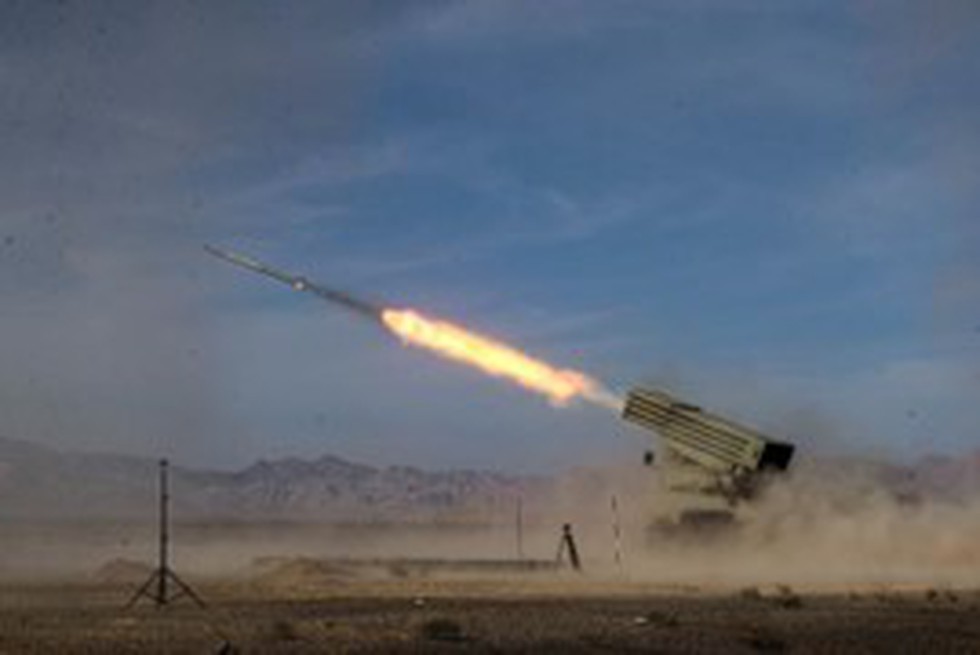In the volatile landscape of West Asia, Iran’s latest military development has sent tremors through the region. The unveiling of the Fattah-2 hypersonic missile marks a significant advancement in Iran’s military arsenal and raises concerns about a potential shift in the region’s balance of power.
Hypersonic missiles are a new generation of weapons that can travel at speeds exceeding Mach 5, making them extremely difficult to intercept. The Fattah-2, according to Iranian officials, is capable of reaching speeds of Mach 7, making it one of the fastest hypersonic missiles in the world.
The missile’s ability to maneuver at high speeds poses a serious challenge to existing air defense systems, including those deployed by Israel and the United States. This capability could potentially render these systems obsolete, leaving regional powers vulnerable to Iranian airstrikes.
The development of the Fattah-2 has been met with alarm by Israel, which has long been at odds with Iran. Israel views Iran’s nuclear program and its support for militant groups in the region as existential threats. The Fattah-2 missile further complicates the already tense relationship between the two countries.
The introduction of the Fattah-2 missile could also trigger an arms race in West Asia, as other regional powers seek to develop their own hypersonic weapons to counter Iran’s growing military capabilities. This could lead to a destabilization of the region and increase the risk of conflict.
The Fattah-2 missile represents a significant technological leap for Iran and raises concerns about the potential for a military escalation in West Asia. The international community must closely monitor the situation and work towards de-escalation and dialogue to prevent further instability in the region.
